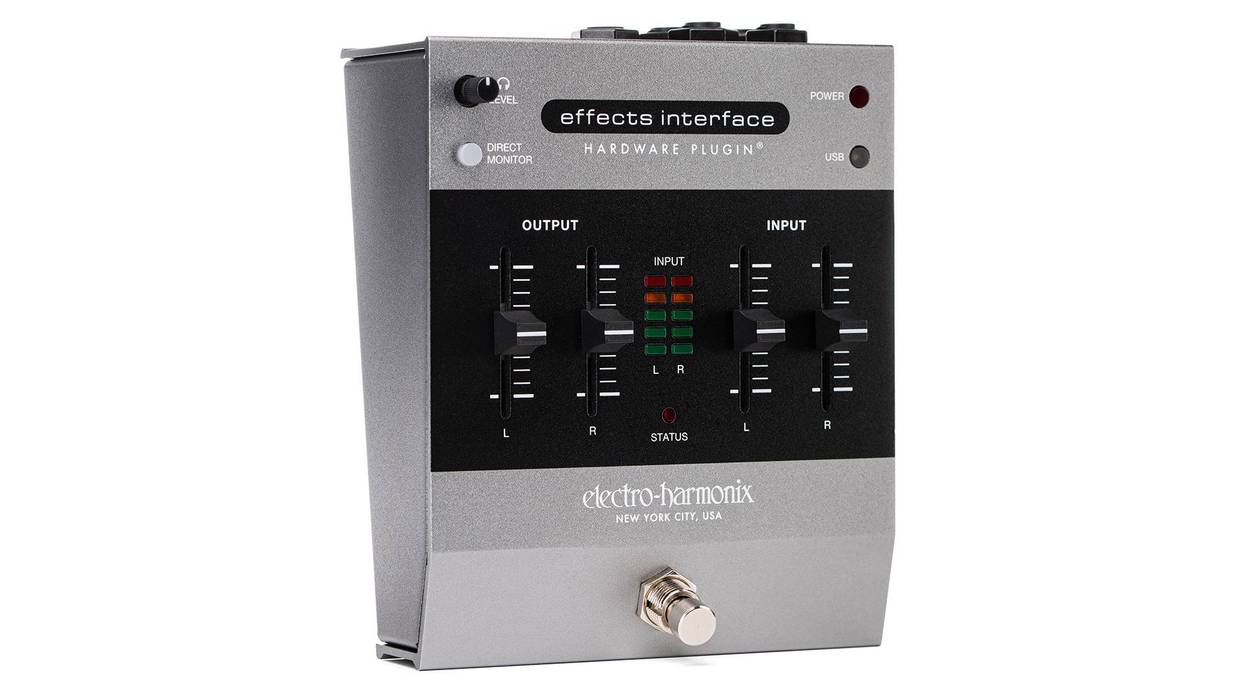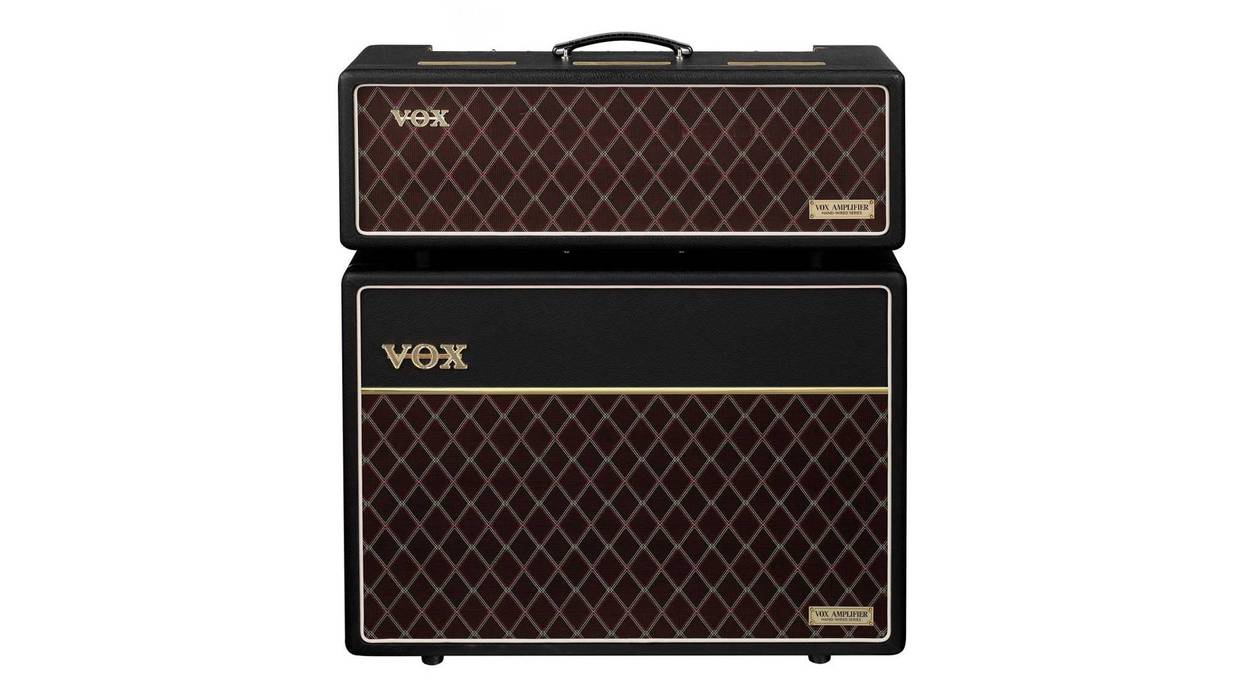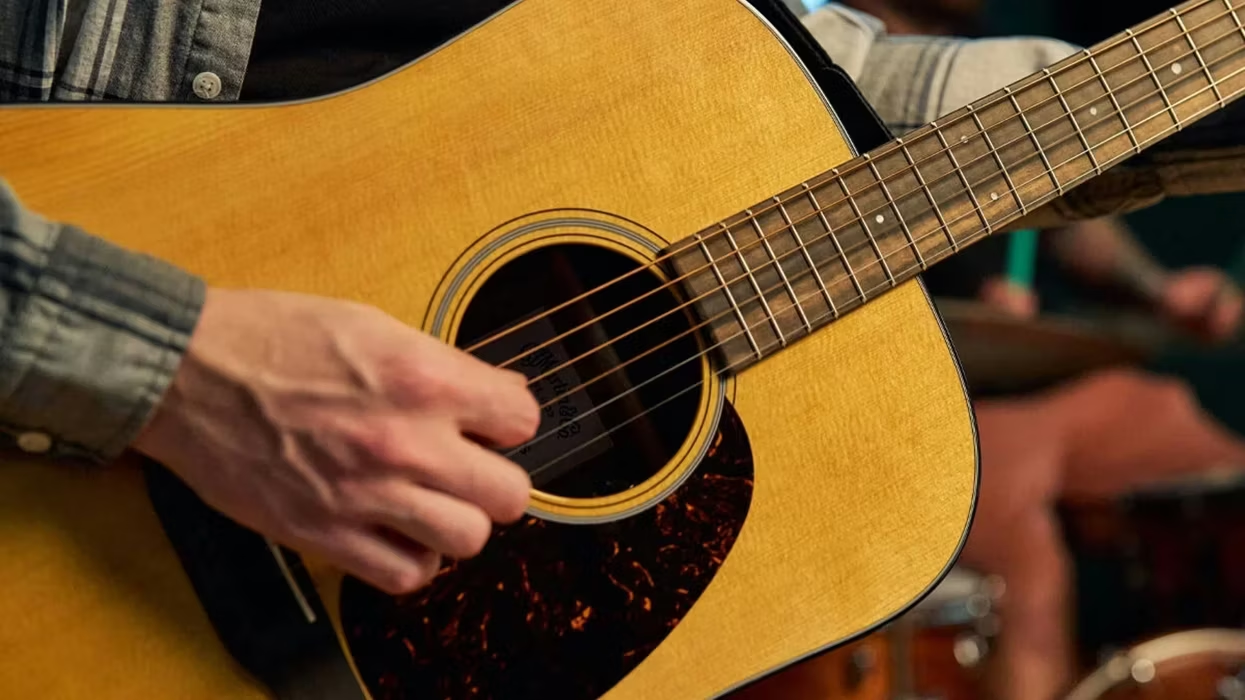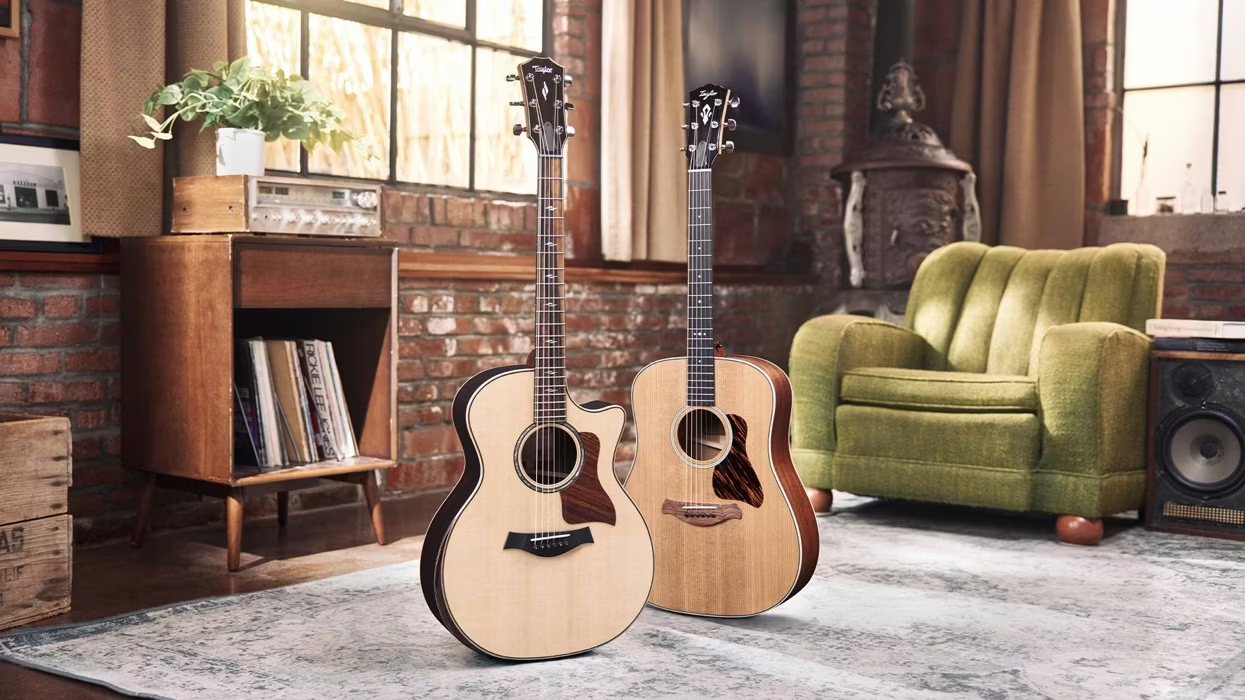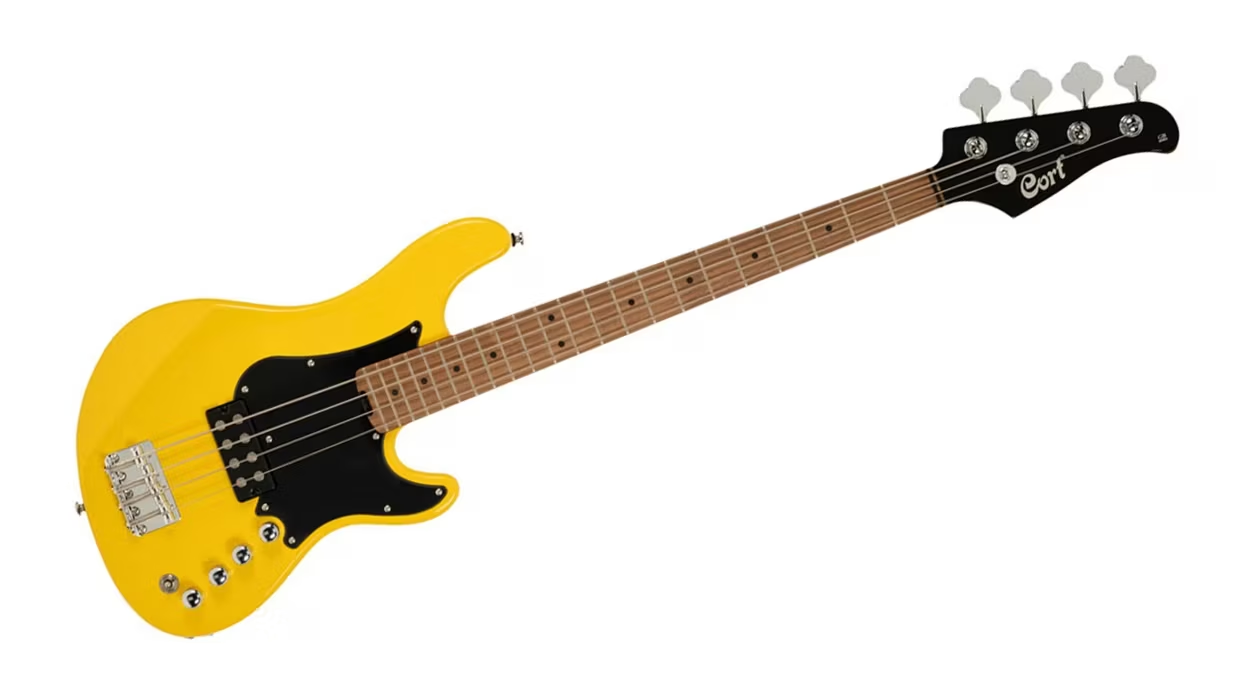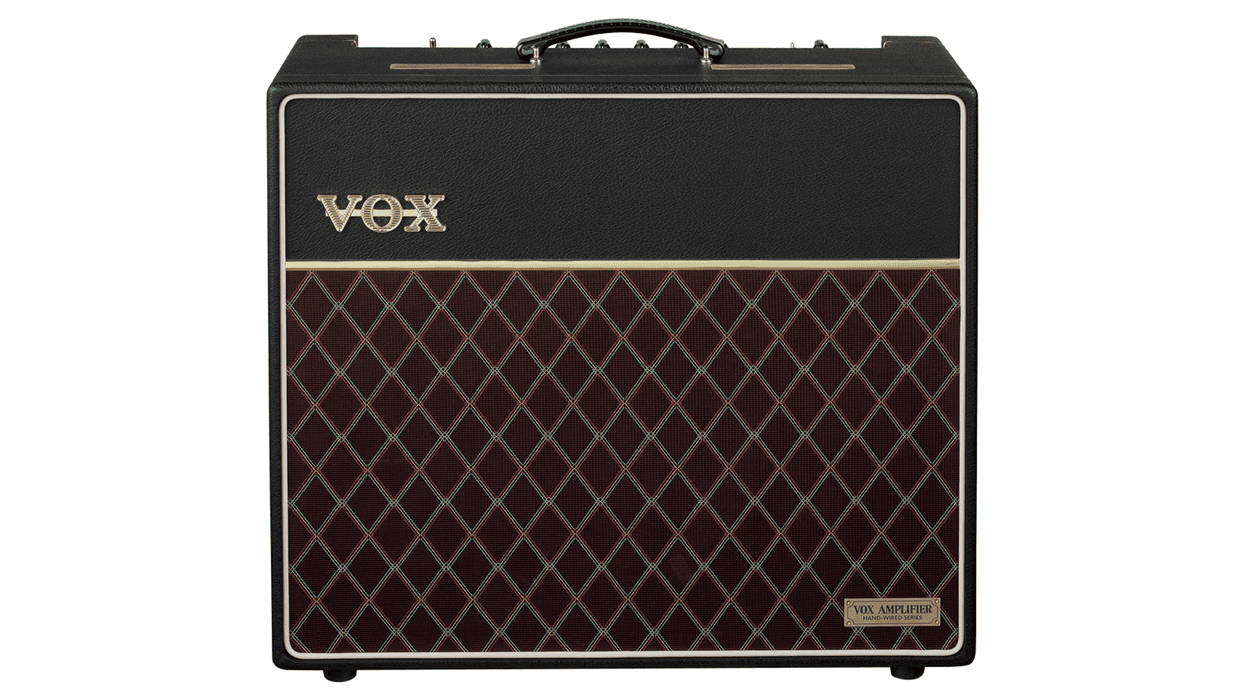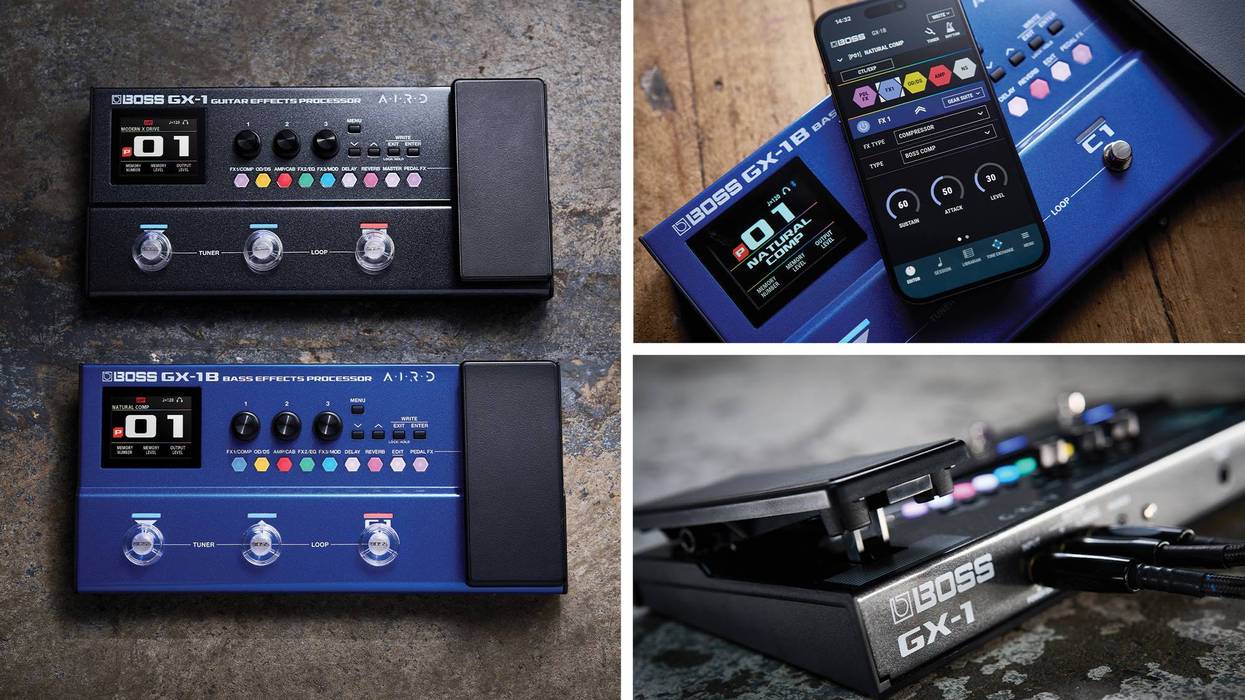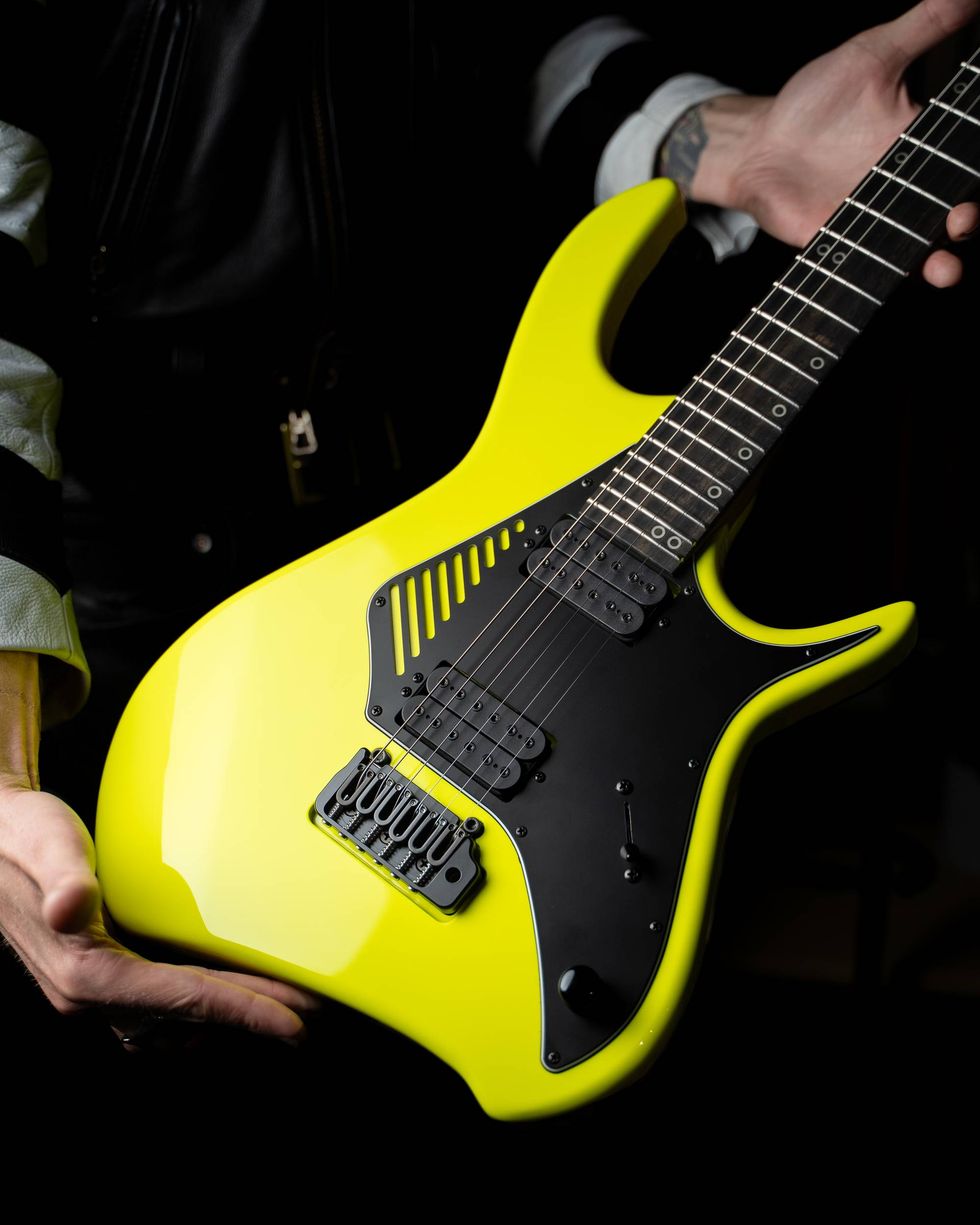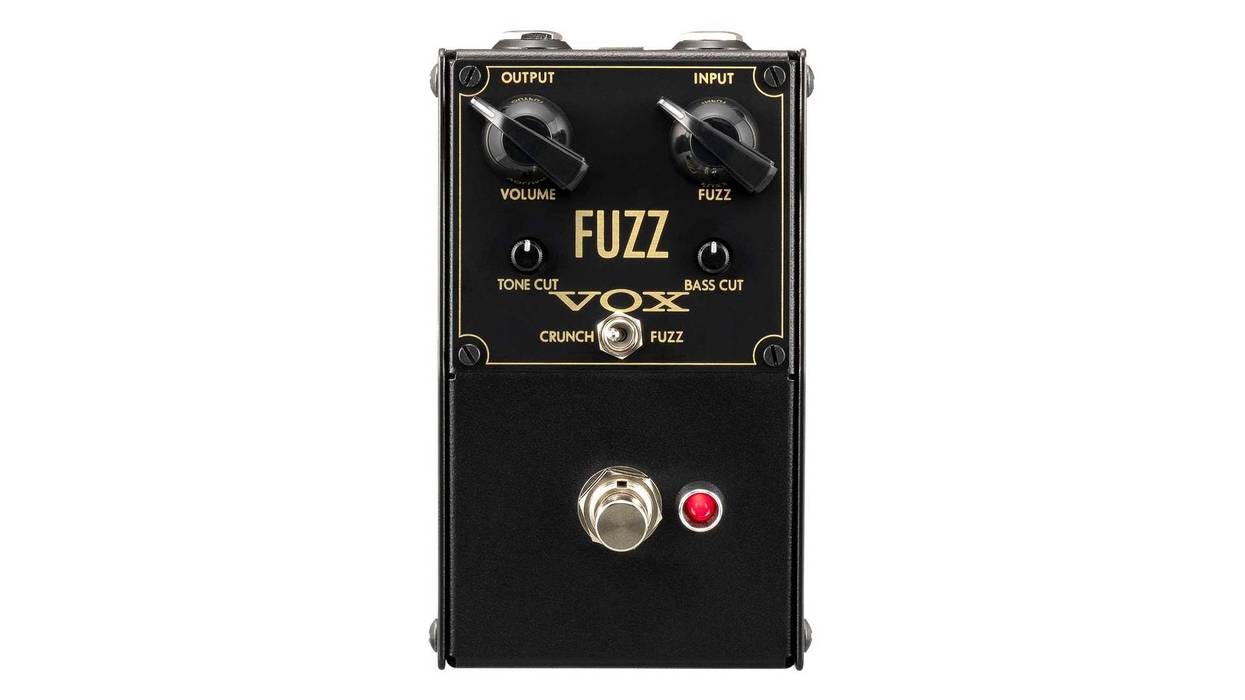When we left off last month, we had a neck where the tops of all of the frets were level, flat (no longer rounded), and had big scratches on them (yikes!). If you were to play the guitar at this point, it would feel like the frets were made of sandpaper, so obviously this situation needs to be addressed.
The fact that the frets are flat on top isn''t good either. Assuming the frets are .050" - .100" wide, having them flat on top could alter the string length by .025" - .050", which is enough to throw off your intonation.
Hmmm... does this require additional explanation? Yes?
Let''s discuss scale length. Scale length is the length of the "vibrating portion" of your strings (from the fretboard-side of the nut to the saddle). On a Strat, this is 25.5 inches before intonation compensation. The width of each interval on the fingerboard is calculated based on this measurement, to 3 or 4 decimal places, using a logarithmic formula:
25.5 / 17.817 = 1.431" (width of first interval, or fret)
25.5 - 1.431 = 24.069 (remainder of scale)
24.069 / 17.817 = 1.351" (width of second interval, or fret)
24.069 - 1.351 = 22.718 (remainder of scale)
22.718 / 17.817 = 1.275" (width of third interval, or fret)
22.718 - 1.275 = 21.443 (remainder of scale)
And so on, and so forth. The reason the fret placement is calculated so precisely (and the fret slots cut correspondingly precisely, at least on good guitars) is because you would hear it if they weren''t. The guitar would be out of tune to the degree that the fret placement was off. Even a small amount, like .025" (25 thousandths of an inch) would be noticeable - you would hear the notes beating against each other. Beating is that "throbbing" you sometimes hear between two notes, especially with distortion.
The accurate fret placement is only effective if the top of the fret corresponds to the position of the slot itself. If the fret is round on top, the string makes contact in the middle of the fret, in line with the middle of the slot. Hog off the top of the fret so it''s flat on top, and now the edge of the fret, where the string "breaks", is off from the centerline by up to .050". As you move up the fretboard, this error is compounded because the .050" (or whatever it is) becomes a larger and larger percentage of the remaining string length.
So it''s important that the frets remain round on top. But our frets are flat on top.
So we need to round them. We can do this with abrasives or files. The idea is to round the shoulders of each fret without removing any material from the top. Let''s qualify this by saying that we are only concerned with the section down the middle of the top (where the strings will ultimately make contact), because we spent so much time leveling the tops last month. The last thing we want to do at this point is remove material from this section. The easiest way to do this consistently is with markers and crowning files.
If we mark the tops of the frets with a marker, we can see at a glance if any material gets removed from them. Then we can use a crowning file to remove the shoulders (the square edges) while monitoring the marked tops to make sure that the marker is not removed down the center of the tops. A crowning file''s narrow edges have a groove milled or formed in them. This groove has teeth cut in it (or is coated with industrial diamond), so that it will leave a convex edge on a surface as it cuts. As the file is passed over a fret, this groove begins to knock off the corners, turning the top from a flat surface back to a rounded surface. Careful monitoring of the marked tops and an experienced hand will result in frets that have the merest sliver of marker remaining down the center of each fret, ensuring that they are nearly perfectly rounded, but that the tops are still level.
Whew! That''s it for this month. Next month, we''ll pick back up and finish this topic once and for all with the final step: polishing.
Acme Guitar Works sells electronic components for electric guitars, including complete, prewired assemblies. Visit them at acmeguitarworks.com.


